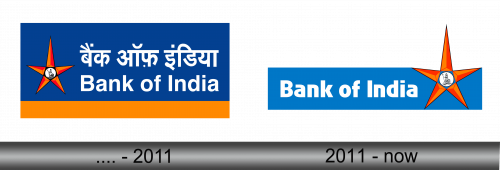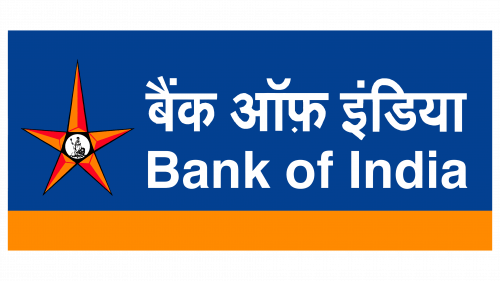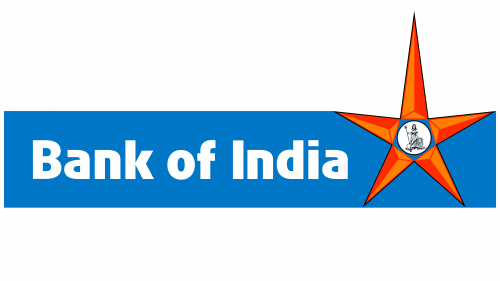Bank of India Logo
Bank of India is a prominent financial institution engaged in various banking and financial services. It operates primarily in India and caters to a wide range of customers, including individuals, businesses, and government entities. The bank is owned by the Government of India and plays a crucial role in the country’s banking and economic sector.
Meaning and history
Bank of India (BOI) is one of India’s oldest and largest commercial banks, with a rich history dating back to its establishment during the British colonial era.
Early History (1906-1947): Bank of India was founded on September 7, 1906, by a group of eminent businessmen led by Sir Sassoon J. David. Initially, it operated as a private bank under the name “The Bank of India, Limited.” During the pre-independence period, BOI expanded its operations and played a pivotal role in facilitating trade and banking services within India and with other countries.
Post-Independence (1947-1969): After India gained independence in 1947, Bank of India, along with several other banks, was nationalized by the Indian government in 1969. This marked a significant transformation in the Indian banking sector, as the government aimed to bring banking services to the masses and promote financial inclusion.
Expansion and Modernization (1970s-1990s): In the following decades, Bank of India continued to expand its branch network across the country, reaching both urban and rural areas. The bank introduced modern banking technologies and services, making it more accessible and efficient for customers.
Global Presence (2000s-Present): In the 2000s and beyond, BOI focused on establishing a global presence. It opened branches and representative offices in various countries, enhancing its international operations. This expansion aimed to serve the Indian diaspora and facilitate international trade and investments.
Ownership: Bank of India is a public sector bank, and its ownership lies with the Government of India. It operates under the regulations and guidelines set by the Reserve Bank of India (RBI), the country’s central bank.
Diverse Banking Services: Bank of India offers a wide range of banking and financial services, including retail banking, corporate banking, investment banking, and international banking. It caters to individuals, businesses, and government entities, providing services such as loans, deposits, foreign exchange, and digital banking.
Financial Inclusion: Like other Indian banks, BOI plays an essential role in the government’s initiatives for financial inclusion and economic development. It participates in programs aimed at providing banking services to underserved and rural areas.
Before 2011
The Bank of India emblem is a composition featuring several distinctive elements. It centers around a prominent blue rectangle, with an equally extensive orange stripe positioned directly beneath it. The institution’s name is inscribed in two languages: one in an Indian script and the other in English. The first line employs white characters, while the second line features Latin letters of the same color, both rendered in a bold, sans-serif typeface.
To the left, a substantial five-pointed star commands attention. Its triangular orange rays are rendered in varying shades, creating a three-dimensional effect. Within the star’s core lies a black pentagon encasing a white circle. Here, an image of a female figure is portrayed, bearing a trident and reclining on a majestic lion. This imagery may allude to the ancient Indian deity Durga, symbolizing strength, power, and triumph over evil. The lion, in its own right, signifies might and resilience.
2011 – Today
The Bank of India (BOI) logo incorporates several symbolic elements, each laden with its own significance.
The vibrant orange hue of the star embodies energy, warmth, optimism, and determination, reflecting the bank’s dynamic and attractive attributes.
At the star’s core, the pentagon carries symbolism of stability, protection, security, and innovation—qualities the bank aims to offer its clientele. Meanwhile, the serene blue shade of the pentagon and background beneath the bank’s name conveys peace, reliability, and tranquility.
The girl depicted holding a trident and accompanied by a lion holds profound symbolism. In Indian mythology, the trident represents wisdom, knowledge, and divine authority, signifying the bank’s authoritative prowess. The lion, often associated with strength, courage, and protection, further underscores the bank’s ability to safeguard and manage financial resources, while also denoting a pursuit of wisdom and innovation.
The combination of orange and blue colors underscores the bank’s attractiveness, while the image of the girl with a trident and lion reinforces its commitment to wisdom and protection.













